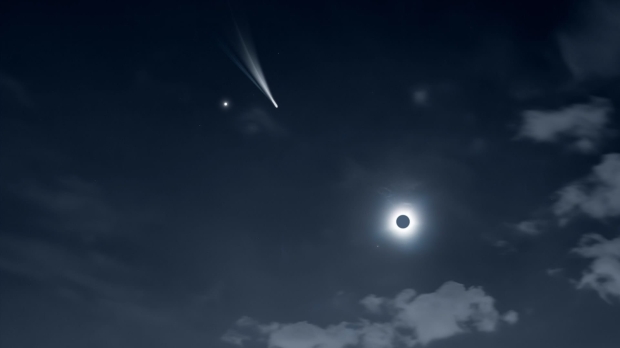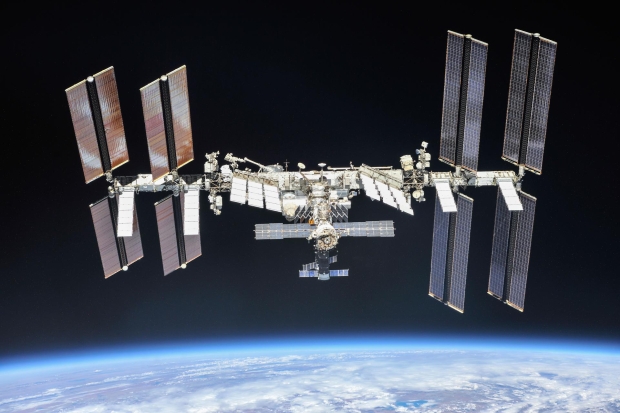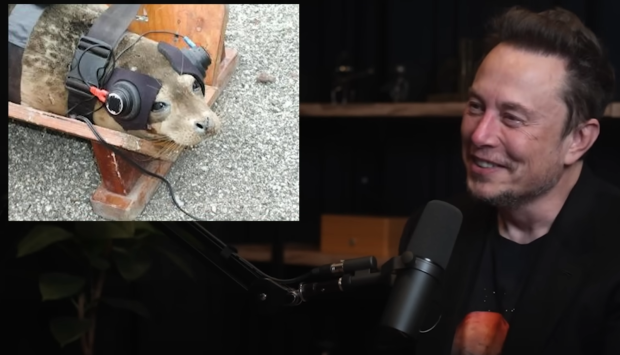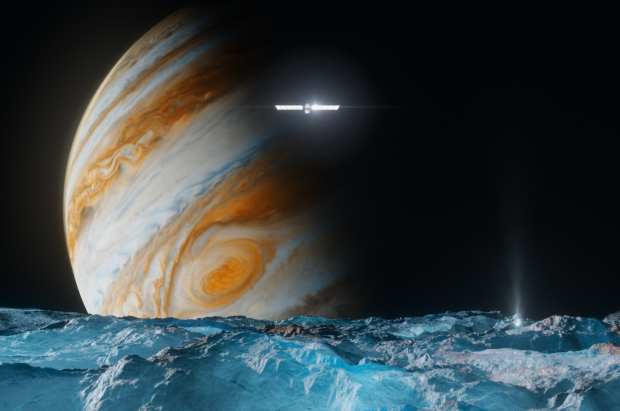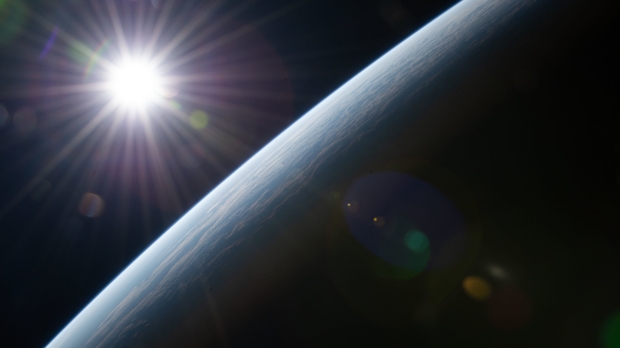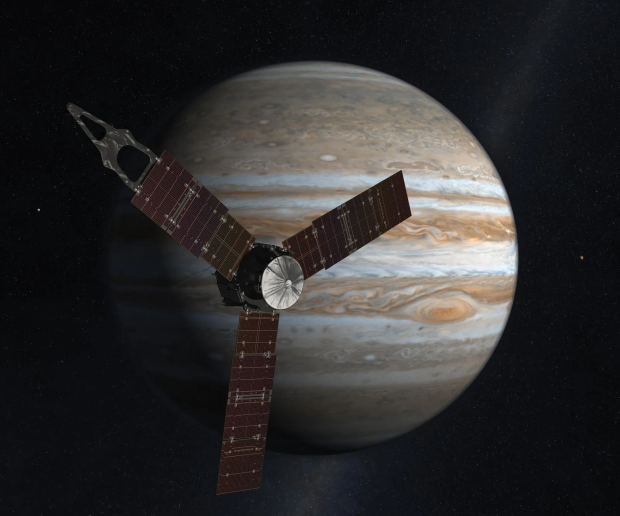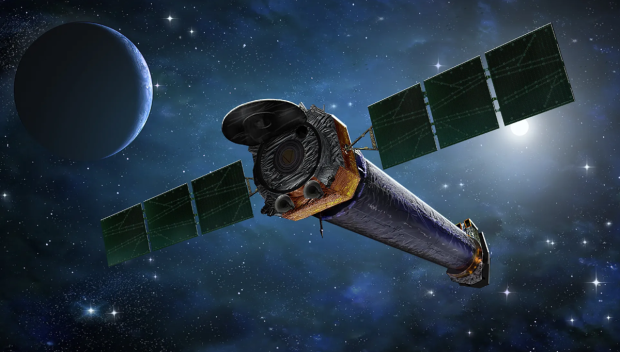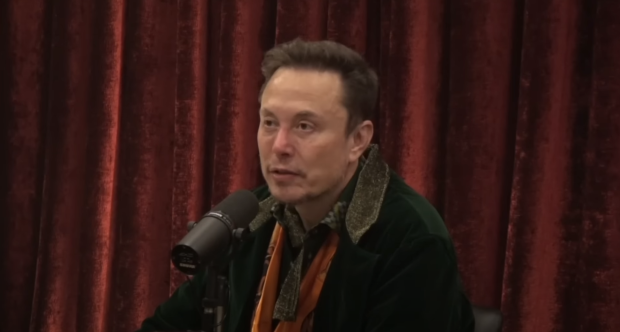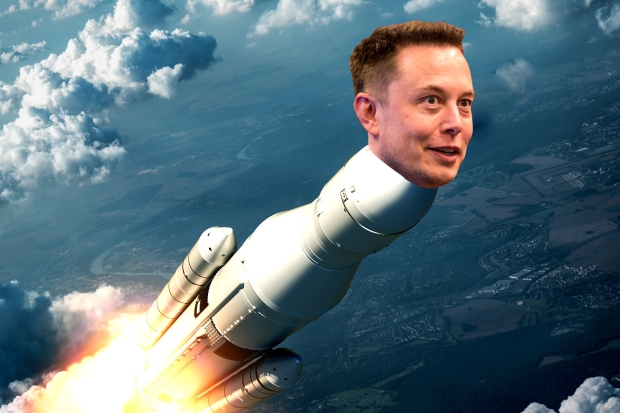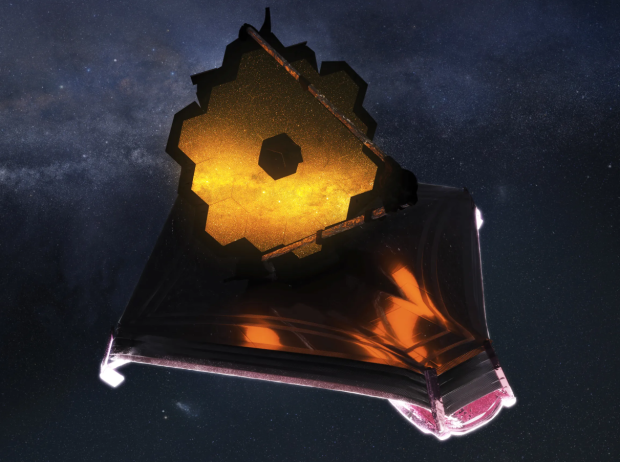Science, Space, Health & Robotics News - Page 25
NASA confirms the 'devil comet' racing toward Earth has erupted growing 'horns'
NASA's database has confirmed that the "devil comet," officially named 12P/Pons-Brooks, is on its way to Earth, and throughout its journey, it has erupted, sprouting some pretty interesting "horns".
The last time that 12P/Pons-Brooks came this close to Earth was more than 70 years ago, as its orbit takes it far away from our planet to the outer reaches of the solar system before it makes its slow, but steady journey back around the Sun. So, what makes 12P/Pons-Brooks a "devil comet"? Firstly, 12P/Pons-Brooks poses no danger to Earth, and astronomers have nicknamed it a devil comet for outgassing, which is caused by the Sun heating up its interior, resulting in a large amount of pressure building up under its icy crust.
This pressure then breaks through the icy shell, causing gas and dust to surround the comet, which is technically called the comet's coma. These outbursts of the comet's insides result in "horns" forming, or at least that is what it looks like to astronomers who are observing the comet from the perspective of Earth. Notably, 12P/Pons-Brooks is a massive comet, measuring 10.5 miles across, or the approximate size of two Mount Everests stacked on top of each other.
ISS astronauts dropped a tool bag during a spacewalk and you can see it here
While most things in space are rocks, dust, planets, nebulas, and other astronomical objects - some are less interesting but are a little closer to home, such as a tool bag.
Astronauts aboard the International Space Station (ISS) accidentally dropped a tool bag in space that managed to get away from them during a spacewalk. With no hope of ever retrieving the tool bag, it has now become a new object that is visible from Earth. The tool bag got away from NASA astronauts Jasmin Moghbeli and Loral O'Hara on November 2, 2023, as they were conducting a spacewalk.
As for the tool bag now, it's visible orbiting Earth slightly in front of the ISS with a visual magnitude of around 6, per EarthSky. The visual magnitude is a ranking of how visible an object is, and the instance of the tool bag, it's approximately the same brightness as the planet Uranus. Due to its size and brightness, the tool bag isn't visible to the naked eye but can be seen with a pair of binoculars.
Elon Musk reveals SpaceX was forced to kidnap a seal and blast it with sonic booms
SpaceX CEO Elon Musk has sat down for an interview with Lex Fridman on the Lex Fridman podcast, where he was asked to talk about the hardships he has overcome with launching Starship, the world's largest and most powerful rocket.
Musk explained that the main thing causing Starship launch delays isn't manufacturing or creating the rocket, but regulatory bodies and organizations that are preventing the rocket launch through investigations into various aspects of safety.
While you may think that safety investigations are warranted, and they are - unfortunately, it seems they can get a little out of hand as Musk said that SpaceX was contacted by an organization that was concerned about the impact of sonic booms from Starship's launch on seal procreation near the Vandenberg launch site.
NASA walks back statement that humans will never visit Jupiter with apology
NASA has apologized and walked back the statement where it said humans will never visit Jupiter, which seemingly bothered a lot of netizens.
The source of the NASA apology can be traced back to a post from NASA 360, which wrote: "Is visiting Jupiter on your bucket list? Let's face facts, it's not going to happen". The post went on to promote NASA's "Message in a Bottle", which asks the public to submit their name to the space agency for a chance for it to be engraved on an uncrewed spacecraft that's headed to Jupiter's moon Europa next year.
Despite the logistical problems, along with the obvious facts such as Jupiter not even having a surface for humans to land on, netizens seemed to take extreme offense at the doubt insinuated by NASA's post. SpaceX intern Nathan Commissariat responded to the post and said, "NASA [is] really out here telling kids to stop dreaming and instead engrave their name on a tiny plate. There are so many better ways to have worded this."
Astronauts successfully grow a bunch of vegetables in space without soil
A critical part of humans being able to expand into a multiplanetary species is mastering botany in zero gravity, as it will provide us with a reliable resource for food.
Astronauts aboard the International Space Station (ISS) have taken another step forward in that process by successfully gardening in low-Earth orbit. NASA took to its website to announce that NASA Flight Engineer Jessica Watkins has started harvesting radishes and mizuma greens aboard the floating laboratory, both of which were grown without any soil.
So, how were these vegetables grown without soil? NASA says we can thank an experimental system called XROOTS created by private sector company Sierra Space, which includes multiple "growth chambers" that enable astronauts to test various concoctions on different plants. To create the vegetables the system used hydroponic and aeroponic techniques.
NASA spacecraft detects organics on the surface of Jupiter's biggest moon
NASA's Juno spacecraft has gathered new data that leads researchers to believe there are organic compounds located on the surface of the moon Ganymede.
The new research has been published in the paper Nature Astronomy and details an observation made by Juno on June 7, 2021, where the small spacecraft imaged the surface of the planet in infrared. Juno conducted this fly-by at an altitude of 650 miles, and according to the paper, it yielded results that indicated the abundant presence of salts and organics in both dark and bright terrains that are protected by the moon's magnetic field.
So, what does this mean? According to Scott Bolton, Juno's principal investigator from the Southwest Research Institute in San Antonio, these results indicate the remnants of a deep ocean that made its way to the surface. Notably, Ganymede is the largest of Jupiter's 79 moons, with a diameter of 3,273 miles. It's the ninth-largest object in the solar system - even bigger than the planet Mercury and dwarf planet Pluto. NASA's Galileo spacecraft detected the presence of a liquid ocean deep beneath its icy shell in the 1990s.
NASA telescope photographs 'bones' of ghostly hand floating out in deep space
A team of astronomers has used data from NASA's Chandra X-ray Observatory to detect a ghostly skeleton hand floating in deep space located more than 15,000 light years away from Earth.
NASA's latest and greatest X-ray telescope has used its Imaging X-ray Polarimetry Explorer (IXPE) to observe MSH 15-52 for a total of 17 days, the longest Chandra has observed a single object since it launched in December 2021. So, what is the ghostly hand? The astronomers explain that MSH 15-52 is the leftover remains of a dead collapsed star. When a star exhausts its fuel, it collapses in on itself creating an extremely dense object called a neutron star.
A pulsar is a rapidly spinning neutron star, and technically, MSH 15-52 is a pulsar wind nebula that emits a very strong magnetic field that produces powerful jet streams of energized particles. The researchers recently penned a study published in the Astrophysical Journal where they explain the magnetic field created by the pulsar determines the basic shape of the nebula and, in the case of MSH 15-52, the bones of the ghostly hand.
Elon Musk explains why Tesla shot a whole tommy gun barrel into a Cybertruck
Elon Musk has teased an upcoming Cybertruck event on The Joe Rogan Experience podcast, where the Tesla CEO said that a video will play showing a tommy gun, along with other weapons, being fired at the Cybertruck.
Musk and Joe Rogan begin their conversation about the Tesla Cybertruck by discussing the vehicle's bulletproof exterior, which was tested by Rogan, who fired a broadhead arrow at the door of Musk's Cybertruck from an 80-pound draw-weight compound bow.
Musk goes on to tease the upcoming Cybertruck event by saying he "doesn't want to give it all away right now," but there is a video that will be played during the upcoming event that will show three demonstrations - the first is emptying a tommy gun into the side of the Cybertruck, the second is a shotgun test, and 45mm and a 9mm test. All of which Musk said the Cybertruck's exterior stopped with zero penetration.
Elon Musk explains what it will take for humans to live on Mars
Elon Musk has sat down with Joe Rogan to discuss his grandiose plan of one day terraforming the Red Planet, better known as Mars.
Getting humans to the Red Planet has been a long-standing goal of Musk as he fundamentally believes that civilization needs to become multi-planetary to prevent total annihilation of the species. These downfall of the human race could either be caused by self-inflicted actions, such as an out nuclear war, or an outside threat, such as an asteroid impact.
Musk believes that having humans on Mars as well as Earth would protect the species from extinction and that if humans are the only intelligent life forms in the universe, we are responsible for ensuring the flame of consciousness doesn't become extinguished. During the podcast, Musk briefly touches on what will need to be done to make Mars habitable, and according to the SpaceX CEO, a big hurdle will be changing Mars' atmosphere.
Continue reading: Elon Musk explains what it will take for humans to live on Mars (full post)
NASA's Webb photographs a 'crab' within an exploded star in stunning detail
The James Webb Space Telescope (JWST) has honed its extremely powerful instruments on a region of space approximately 6,500 light-years away from Earth within the constellation Taurus.
NASA has taken to its website to showcase the new image from Webb, explaining the world's most powerful space telescope has imaged the Crab Nebula, the remains of a star that suffered its end-of-life explosion known as a supernova. NASA writes that this nebula was originally discovered in 1054 CE by 11th-century astronomers, and since then has been an attractive location in the cosmos to better understand the evolution of stars and what happens after they go bang.
Notably, NASA writes that Webb's instruments allow astronomers to accurately understand the composition of the ejected material, with the space agency writing its contents are mostly iron and nickel. NASA compared Webb's image to an image snapped by the Hubble Space Telescope in 2005. The space agency explains that Webb's infrared observations revealed in the central regions of the nebula emission from dust grains shown in yellow-white and green.


